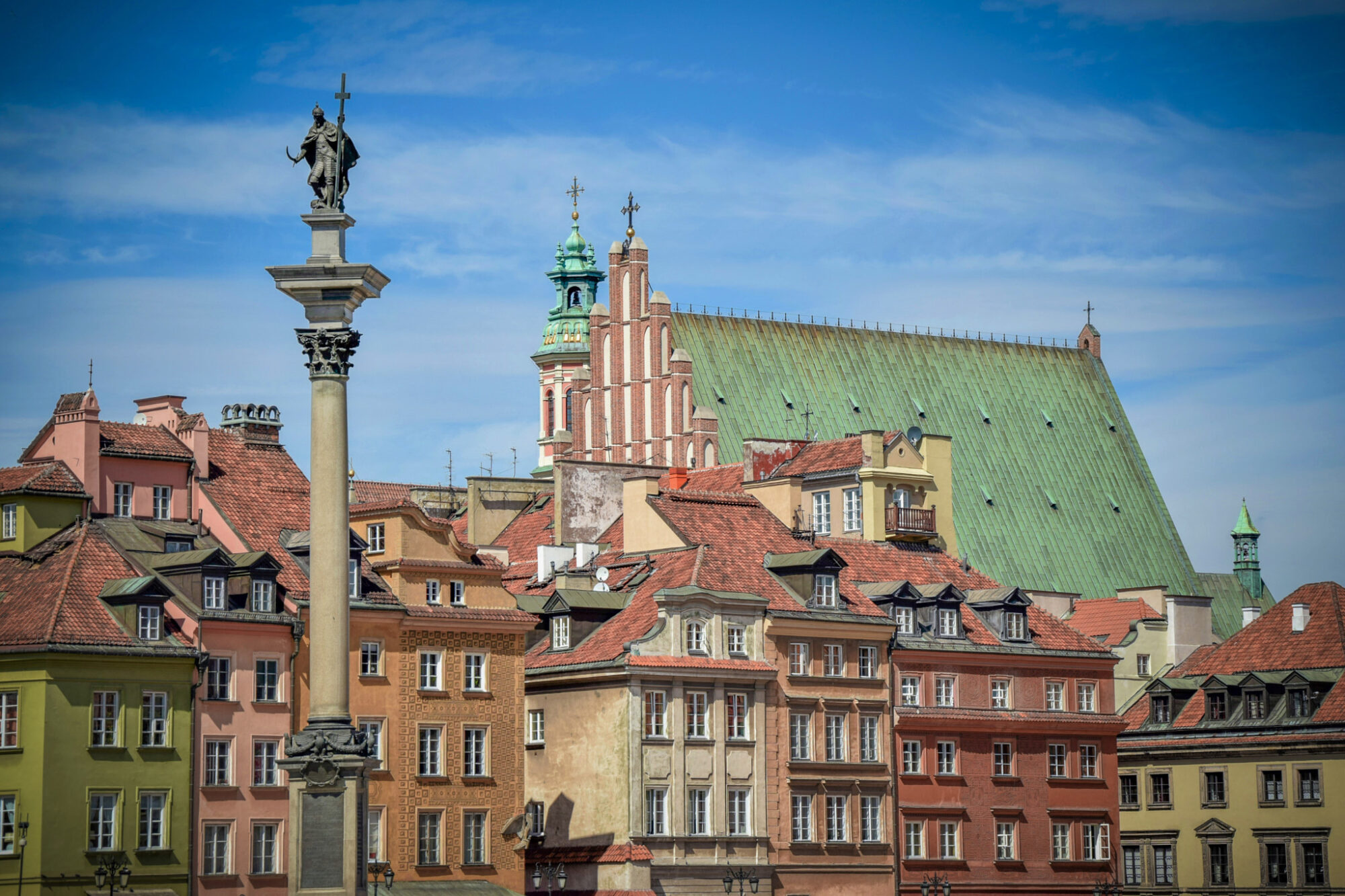Editor’s Note: This piece is brought to you by Kateryna Shtepa, a student at Taras Shevchenko National University of Kyiv and member of the Ukrainian Association of Foreign Policy
Eastern Europe: Diplomatic Maneuvers and the Prospect of a Ceasefire
In recent months, developments in Eastern Europe have been dominated by efforts to address the ongoing Russia–Ukraine war. The United Kingdom, acting in coordination with its European allies as part of the so-called “coalition of the willing,” has largely aligned itself with Ukraine’s interpretation of the conflict. In contrast to the position taken by the U.S. administration, the UK has emphasized the need for a 30-day ceasefire along the frontline.
Ukraine
May 9, traditionally celebrated in Russia as Victory Day in the Great Patriotic War, was marked this year by a high-profile visit to Kyiv by key Western allies, including French President Emmanuel Macron, German Chancellor Friedrich Merz, and the Prime Ministers of the United Kingdom and Poland, Keir Starmer and Donald Tusk. Prior to the visit, Prime Minister Starmer held a phone call with President Macron, during which both leaders reiterated the call for Russia to agree to a 30-day ceasefire.
The nature of Western rhetoric has shifted significantly in recent months. While earlier statements included suggestions of deploying military forces to Ukraine, current discourse focuses instead on diplomatic measures and the application of pressure through sanctions. This evolution comes as the U.S. administration unilaterally seeks to resume direct negotiations between Ukraine and Russia, to halt hostilities. Meanwhile, European powers are cautiously exploring a “third path”—one that avoids confrontation with the United States while maintaining strong support for Ukraine.
In addition, the United Kingdom has announced its intention to supply Ukraine with five additional Raven air defense systems. These systems, first deployed in Ukraine in the spring of 2023, have launched over 400 interceptor missiles and demonstrated an estimated success rate of 70% in neutralizing airborne threats, particularly Shahed drones.
Russia
Russia’s continued disregard for European calls for a sustained ceasefire, along with its ongoing deadly attacks on civilian infrastructure, has prompted the UK to impose a new wave of sanctions. While peace talks between Ukraine and Russia have resumed in Turkey, tangible results remain elusive. The European initiative for a ceasefire now includes demands to enshrine the agreement in a multilateral memorandum along with a set of additional conditions.
In response to Moscow’s stalling, the UK has imposed targeted sanctions on around 100 oil tankers from Russia’s so-called “shadow fleet,” as well as on executives of oil trading firms with close ties to the Russian state. Following a massive aerial assault on Ukraine involving hundreds of drones and missiles, the UK escalated its pressure by introducing 100 new sanctions on May 20. These sanctions target entities supporting Russia’s military-industrial complex, energy exports, information warfare apparatus, and financial institutions that facilitate the funding of the war.
Specifically, sanctions were imposed on supply chains linked to weapon systems, including Iskander missiles; on 46 financial institutions helping Russia circumvent existing sanctions; on the St. Petersburg Stock Exchange and the Russian Deposit Insurance Agency; and 18 vessels in the shadow fleet along with their associated technologies.
The UK is also actively working to tighten the G7 oil price cap, which limits the price Russia can charge for its oil if transported using G7 services such as insurance and shipping. A review is underway to lower the current cap of $60 per barrel closer to the cost of production, aiming to severely undercut Russian oil revenues, one of the Kremlin’s most critical sources of funding.
The cumulative impact of UK and Western sanctions on the Russian economy is substantial. Russia’s GDP contracted in the first quarter of the year, and non-defense sectors have been in recession for some time. Security and defense spending now account for over 40% of the federal budget, forcing President Putin to raise taxes and reduce social spending to sustain the war effort.
